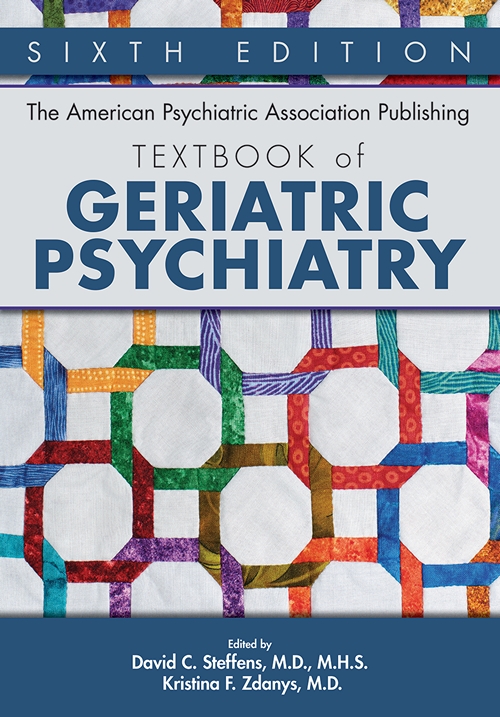Chapter 7.Delirium
Sections
Excerpt
Delirium, defined as an acute and sudden change in attention and overall cognitive function, is a serious medical problem for older individuals—and one that is often fatal (Inouye et al. 2013; Marcantonio 2017; Oh et al. 2017). Delirium is the most frequent complication affecting hospitalized patients age 65 and older and, despite its high prevalence and incidence, often remains unrecognized. Patients with delirium have a worse prognosis than those without delirium, and they are at an increased risk of developing long-term cognitive and functional decline, which leads to additional post-hospitalization treatment costs, including institutionalization, rehabilitation services, and home health care (Gou et al. 2021; Inouye et al. 2013; Pandharipande et al. 2013; Rengel et al. 2019; Saczynski et al. 2012; Salluh et al. 2015; Shi et al. 2019). In addition to the increased risk of mortality, patients in the intensive care unit (ICU) who present with delirium have longer durations of mechanical ventilation and lengths of stay, thereby further complicating their recovery (Falsini et al. 2018; Salluh et al. 2015). Because it is preventable, delirium is increasingly the target for interventions to prevent its associated burden of downstream complications and costs, and it is now included on the patient safety agenda (Wachter 2012) and as an indicator of health care quality for older patients (Agency for Healthcare Research and Quality 2021; Siddiqi et al. 2016). Delirium and its complications are costly, with total annual health care costs estimated at more than $164 billion (Leslie et al. 2008). In critical care patients, the development of delirium is associated with a 20% increase in health care costs (Vasilevskis et al. 2018).
Access content
To read the fulltext, please use one of the options below to sign in or purchase access.- Personal login
- Institutional Login
- Sign in via OpenAthens
- Register for access
-
Please login/register if you wish to pair your device and check access availability.
Not a subscriber?
PsychiatryOnline subscription options offer access to the DSM-5 library, books, journals, CME, and patient resources. This all-in-one virtual library provides psychiatrists and mental health professionals with key resources for diagnosis, treatment, research, and professional development.
Need more help? PsychiatryOnline Customer Service may be reached by emailing [email protected] or by calling 800-368-5777 (in the U.S.) or 703-907-7322 (outside the U.S.).



